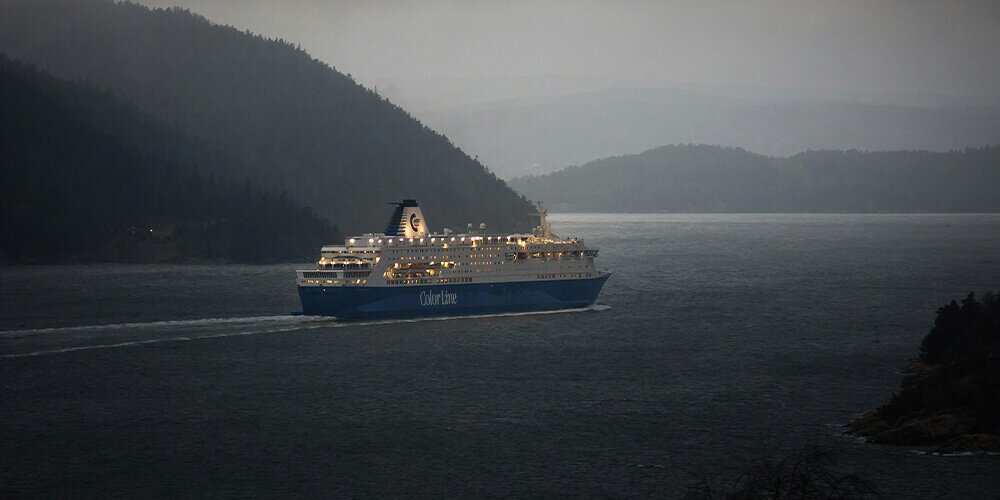Browse our services
Explore how Brookes Bell can help you
Find an expert
Meet our team, find and expert and connect
Contact us
Get in touch, we're here to help

German company Schottel has been selected to provide EcoPellers for a series of four zero-emission, autonomous ferries, to be built by Turkish Tersan shipyard for Norwegian ferry operator Fjord1.
The double-ended vessels will be a world-first, with Norwegian HAV Design contracted to deliver the ship design and an engineering package.
Two electrically-driven Schottel EcoPellers type SRE 340 will be installed in the vessels, measuring 120 metres long and 18.6 metres wide. According to Schottel, the L-Drive variant or “embedded L-Drive” will significantly reduce the installation height of the thrusters.
By eliminating the upper gearbox, mechanical losses are further reduced. This, together with the high hydrodynamic efficiency, reduces the energy consumption, and therefore lowers the battery capacity, which in turn reduced OPEX and CAPEX.
“The omission of the upper gearbox brings another significant benefit: reduced vibration and noise levels, which considerably improve passenger comfort on board,” Schottel said in a statement on their website.
With a propeller diameter of 2,100mm and an input power of 1,200KW, the thrusters will be equipped with Schottel’s condition monitoring system, MariHub, to enable condition-based maintenance.
In order to replace manual functions with a high degree of autonomy, a land-based control centre is set to be built to monitor and potentially remotely control the ferries.
Each vessel will have a capacity of 399 passengers, including crew and 120 passenger cars. The ferries will be deployed approximately 60 miles north of the city of Bergen across the Sognefjord on the west coast of Norway.
“Fjord1's new autonomous ferries will improve connectivity on the Lavik-Oppedal route from September 2026, with the aim of providing passengers with a seamless travel experience,” Schottel’s statement added.
Implementation of autonomous systems and functions, including autodocking and autocrossing, will be implemented in 2027, while autonomous navigation will arrive in 2028.
The introduction of these autonomous electric ferries marks the beginning of a new age for maritime transportation. The development of these ferries not only showcases Fjord1’s commitment to innovation and environmental stewardship, but also sets a strong precedent for the future of ferry operations worldwide.
The success of these ferries could pave the way for a broader adoption of similar technologies across the industry, contributing to a greener maritime environment.
The highly-complex field of naval architecture requires practitioners to have an acute understanding of multiple branches of engineering to create beautiful, yet seaworthy vessels and structures.
Luckily, this is a field Brookes Bell excels in. If you need naval architecture support, Brookes Bell’s depth of experience and culture of innovations should make us your first choice.
For more maritime industry insights, news and information, read the Brookes Bell News and Knowledge Hub…
SEA-LNG Forecasts Elimination of ‘Methane Slip’ Within 10-Years | MoL to Use AI System to Detect Fires on Car Carriers | NYK to Conduct Long-Term Trials of Biofuels